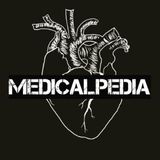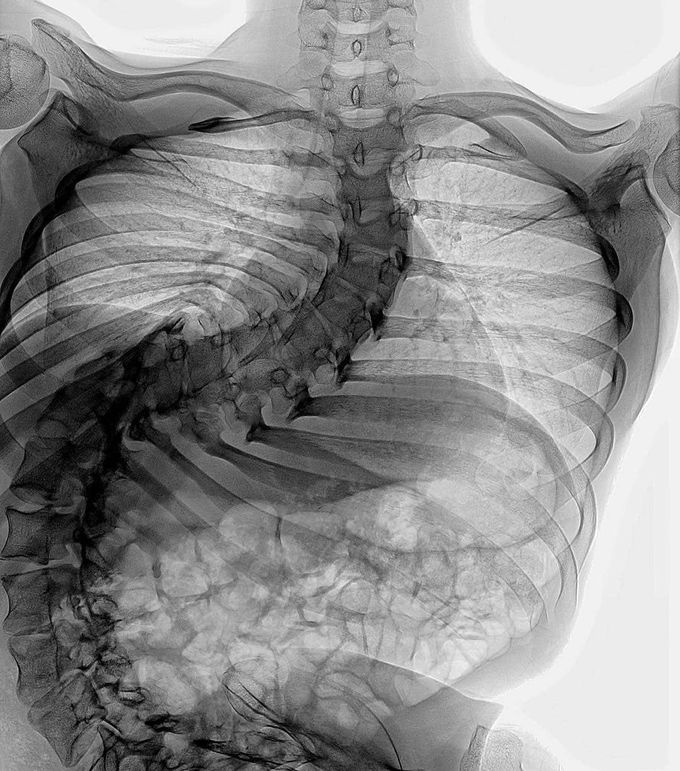


Scoliosis
Scoliosis is a sideways curvature of the spine that occurs most often during the growth spurt just before puberty. While scoliosis can be caused by conditions such as cerebral palsy and muscular dystrophy, the cause of most scoliosis is unknown. Most cases of scoliosis are mild, but some children develop spine deformities that continue to get more severe as they grow. Severe scoliosis can be disabling. An especially severe spinal curve can reduce the amount of space within the chest, making it difficult for the lungs to function properly. Severe scoliosis is informally defined as a case of scoliosis that has progressed to the level where surgery is typically recommended (a 40-45 degree Cobb angle in adolescents, 50-55 degrees in adults). Curves of this magnitude have a very high risk of continuing to worsen. Many cases of severe scoliosis have the potential to continue to progress throughout life. Even surgery is not always successful in preventing this continued progression. In the absence of any treatment, or if treatment is started but not maintained, the Cobb angle can increase even after the spine is done growing.

